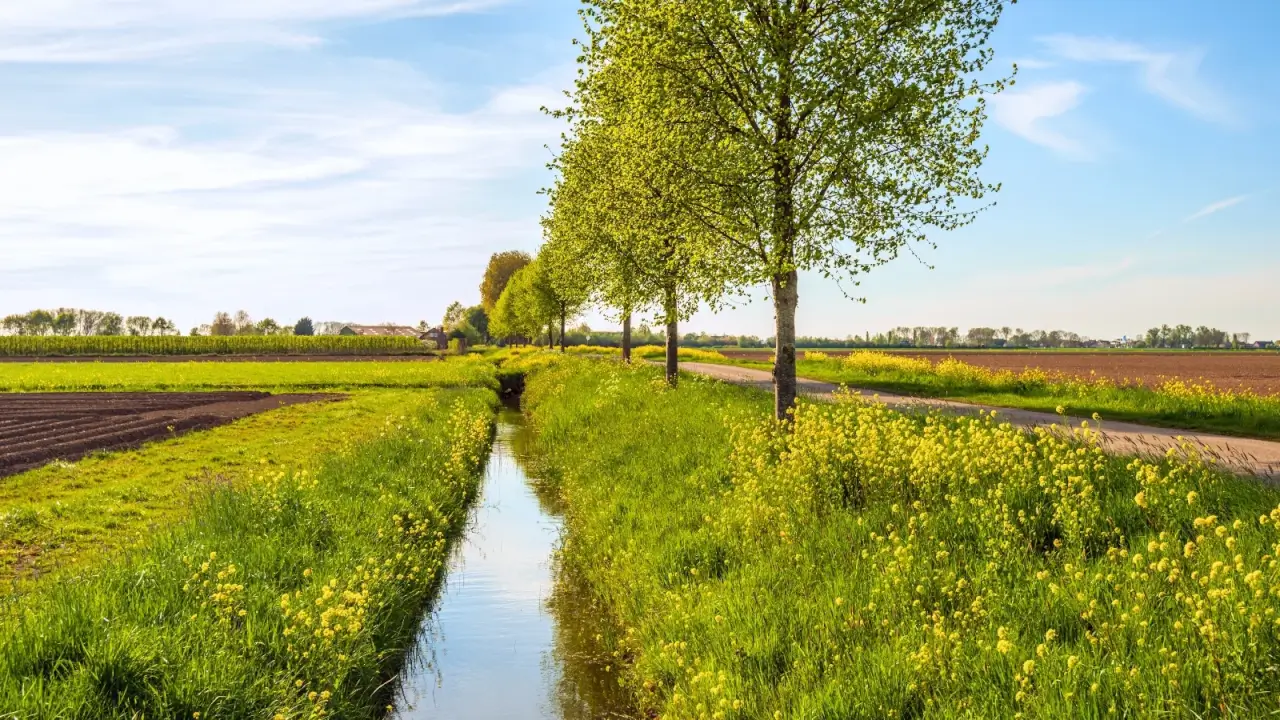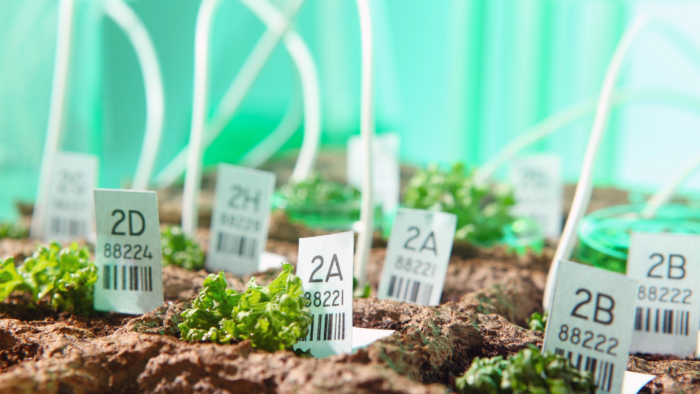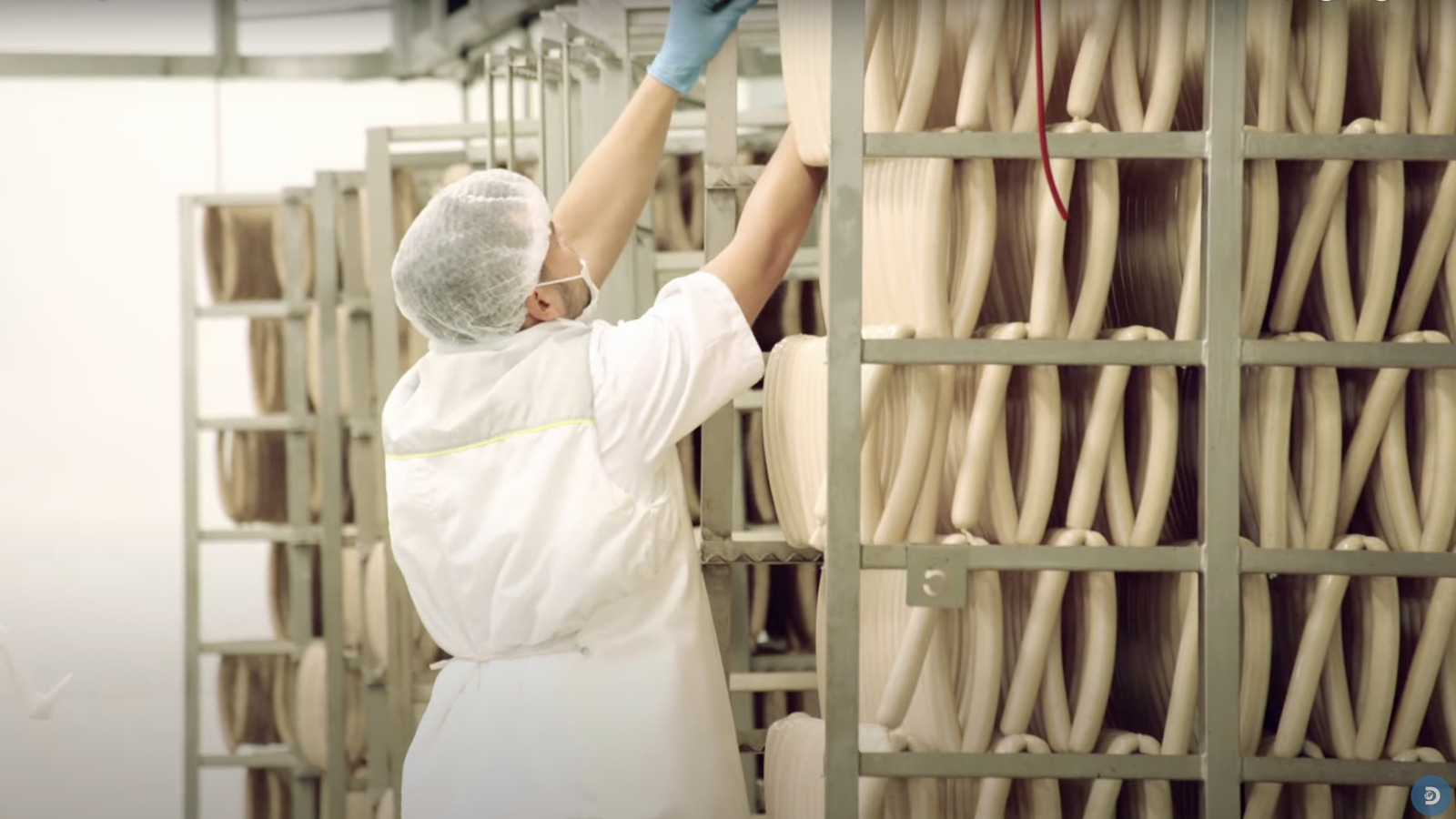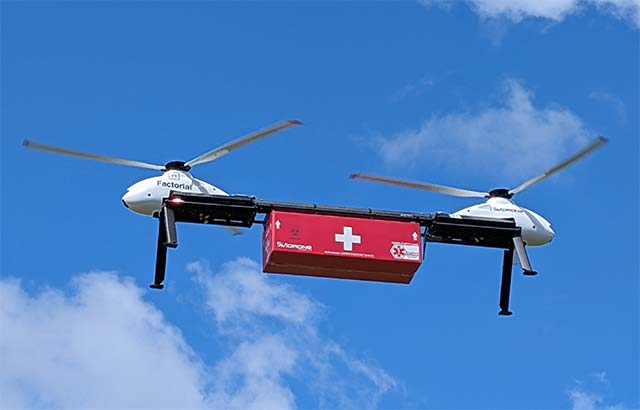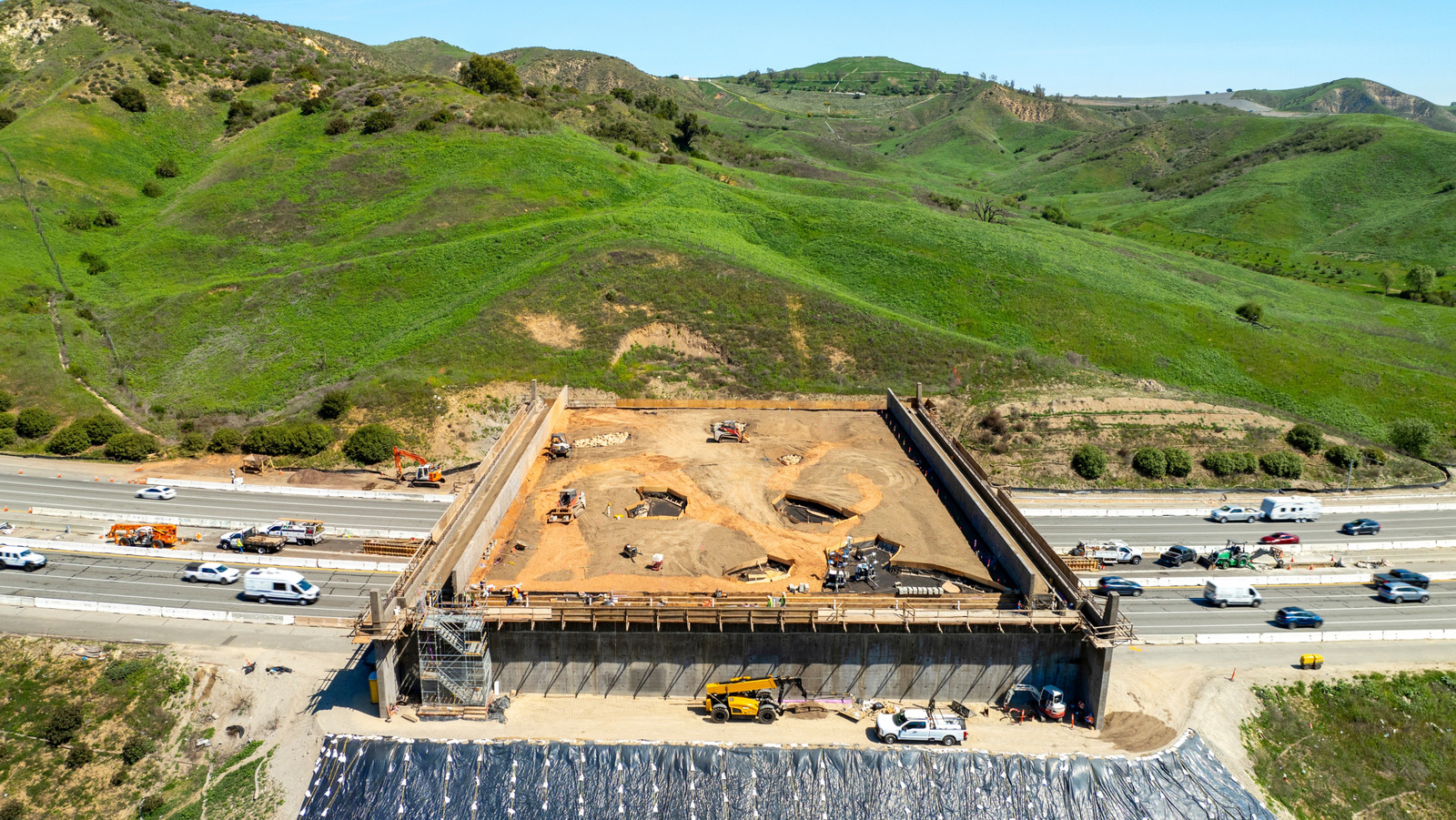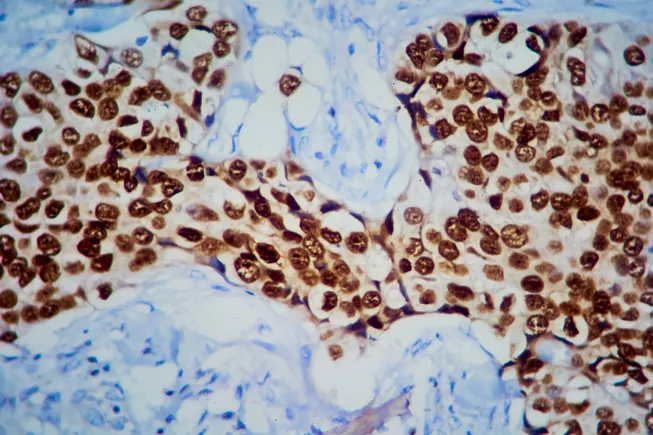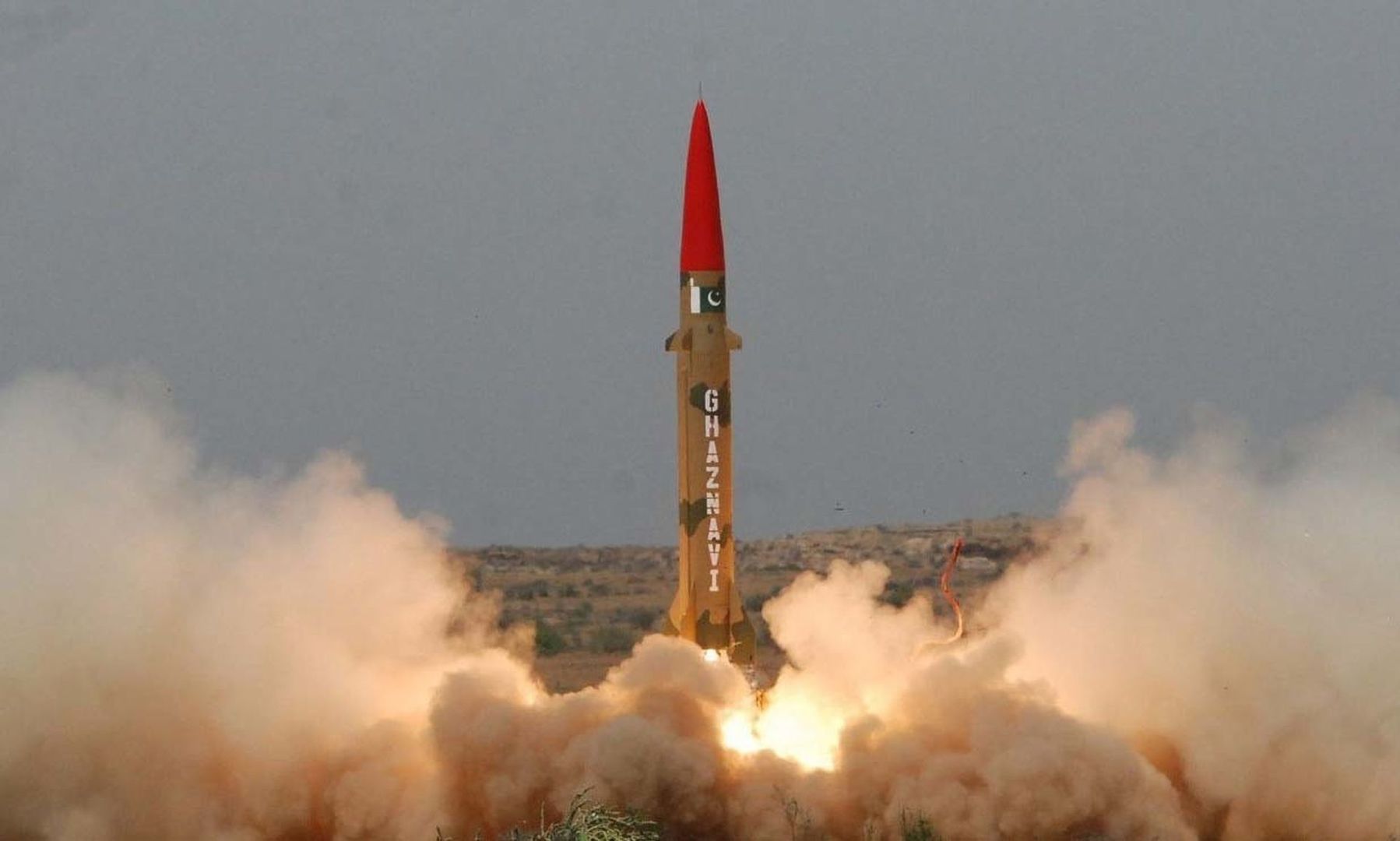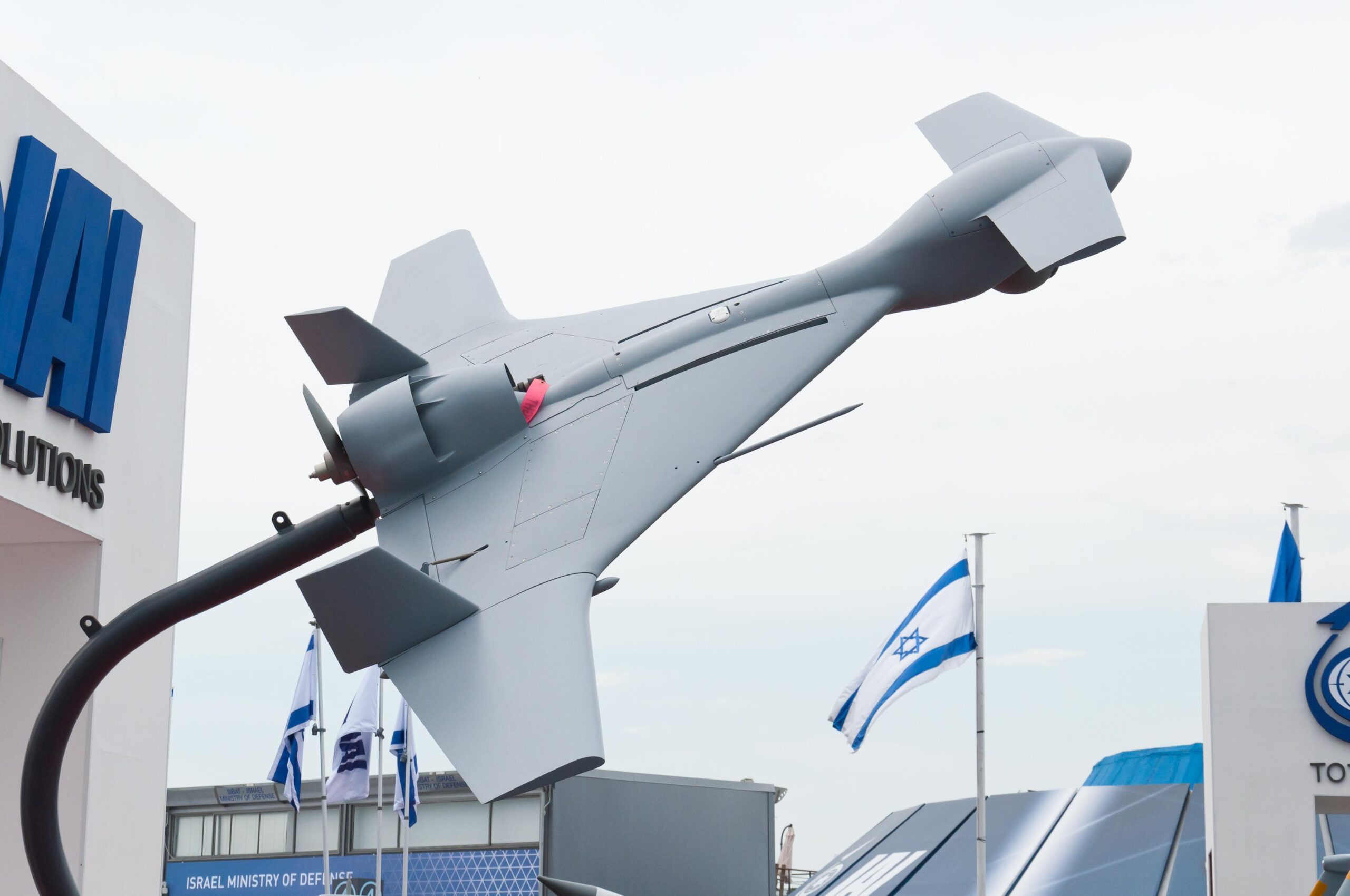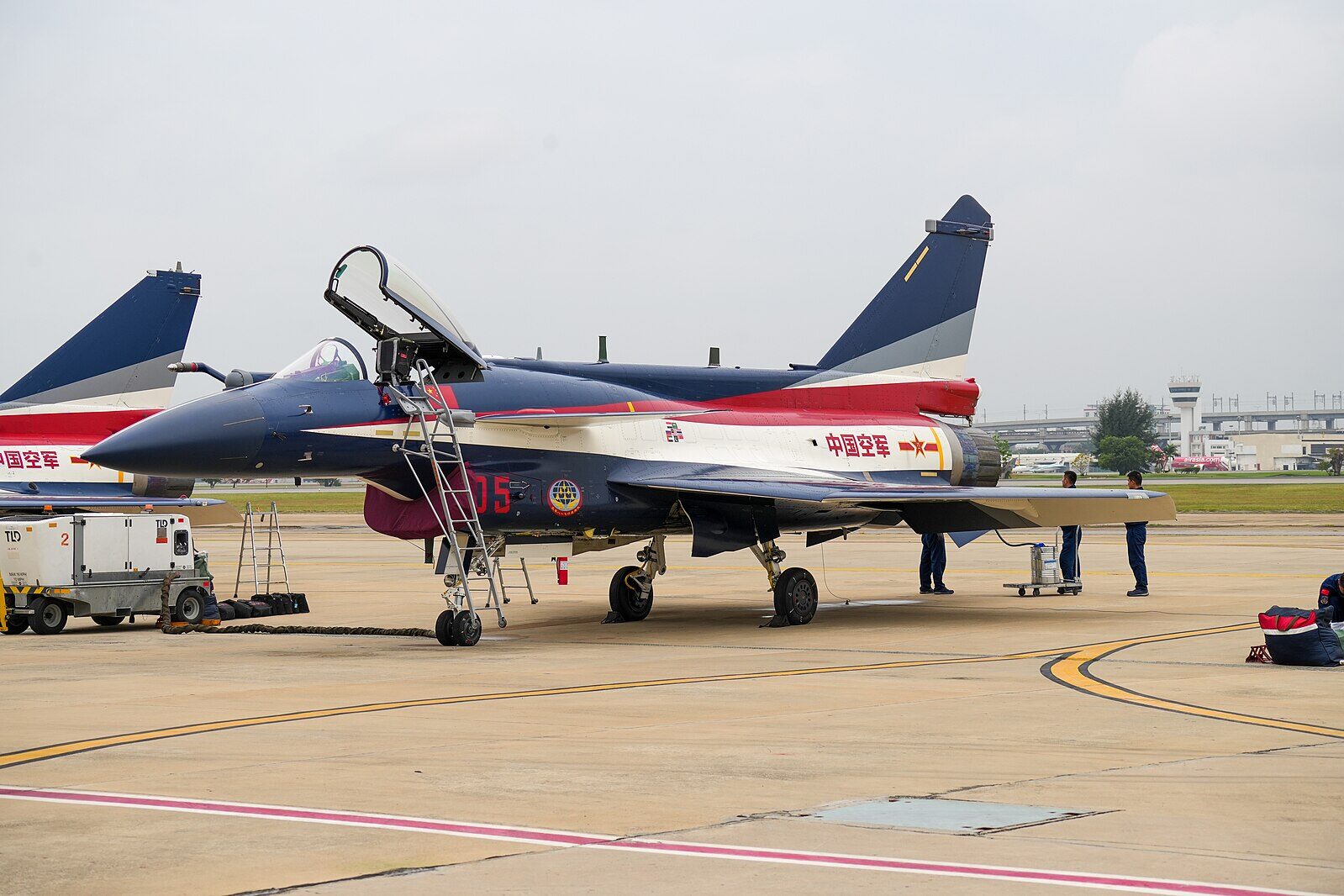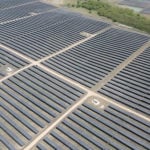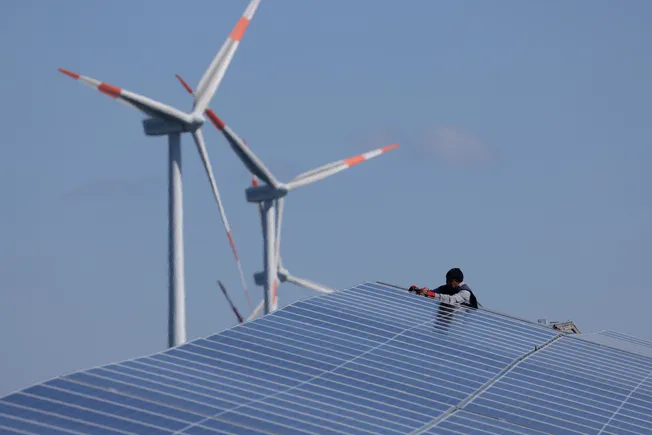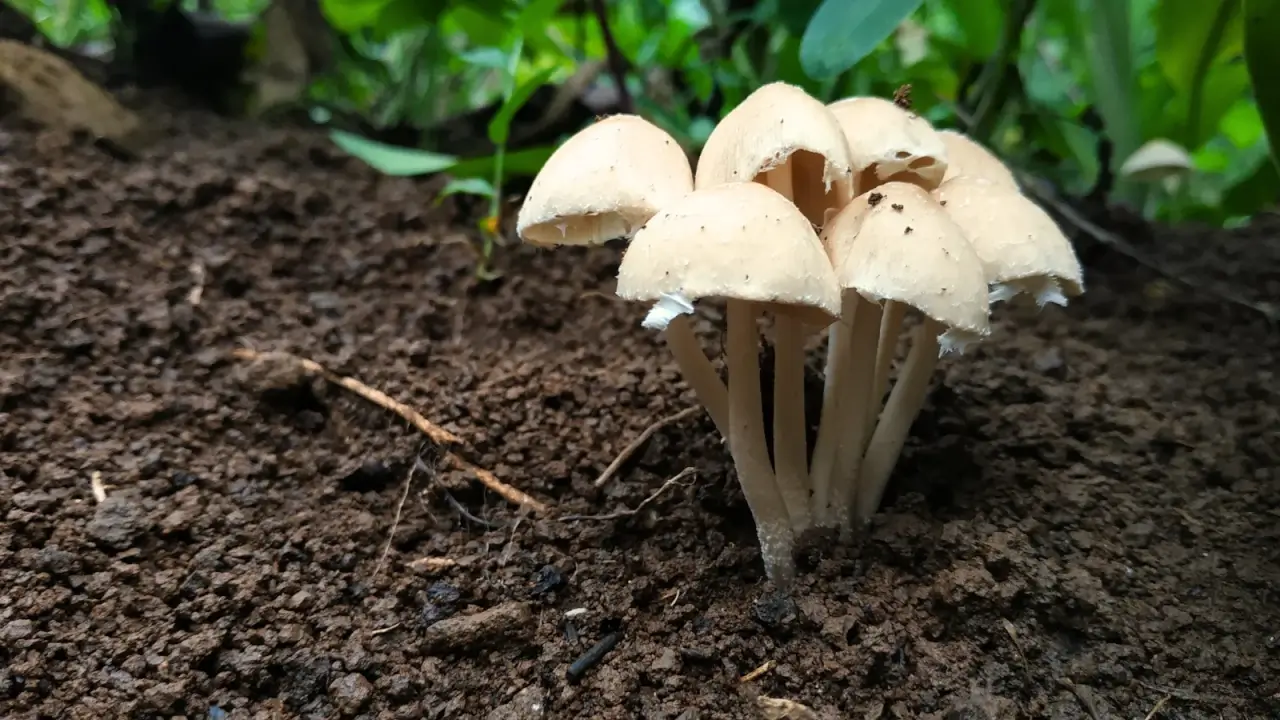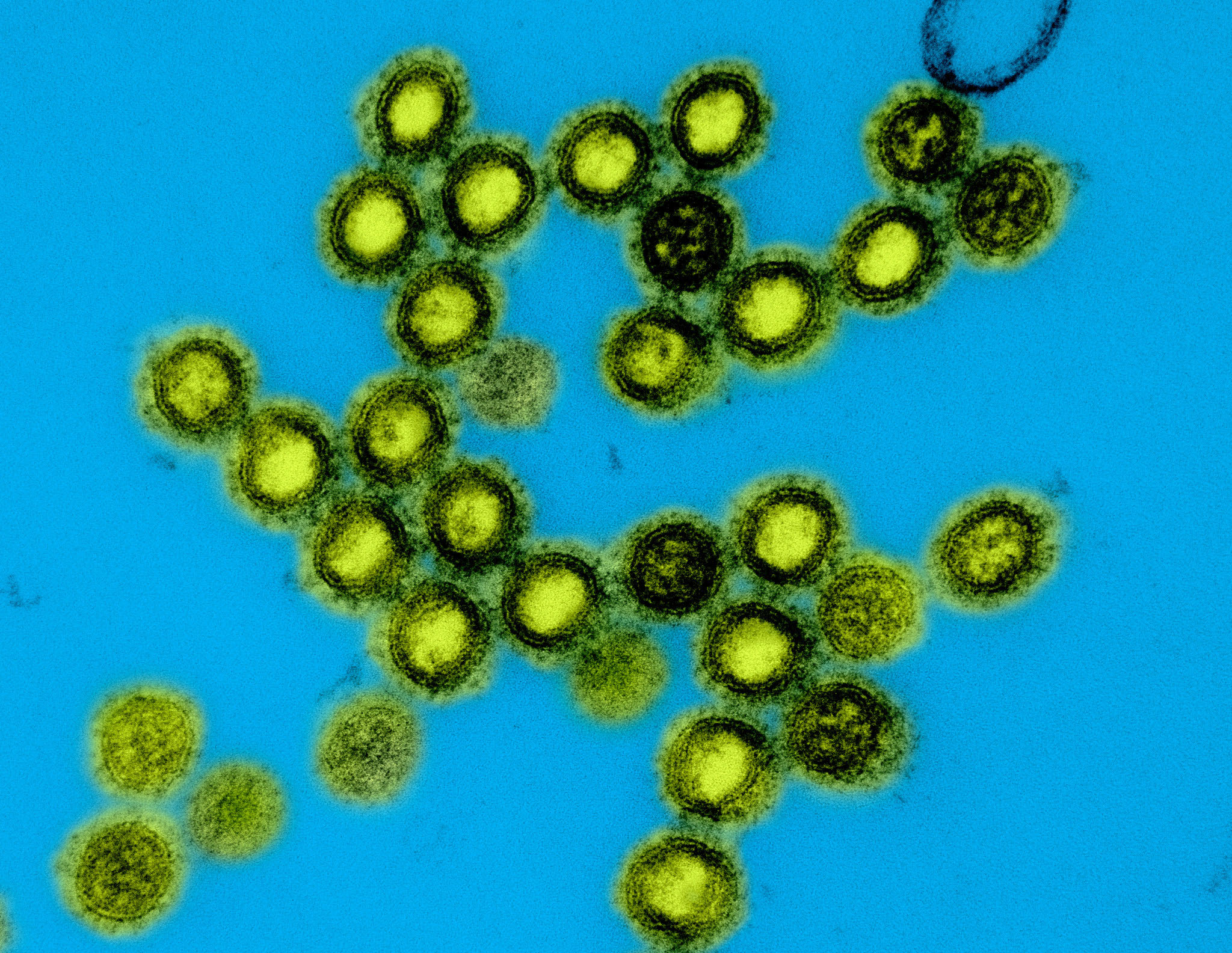11 Fruit Tree Pruning Secrets That Will Increase Your Yield
Having the right tools is essential to growing lots of luscious fruit. Having the right techniques will ensure you get there. Read on to learn about 11 fruit tree pruning secrets that will increase your harvest. The post 11 Fruit Tree Pruning Secrets That Will Increase Your Yield appeared first on Modern Farmer.

Orcharding requires effort, but the resulting yields of fresh fruit make it all worthwhile. One of the most important aspects of growing fruit trees is pruning. This applies to large commercial and small-scale orchards alike.
Knowing how to prune, when to do it, and understanding what you’re pruning for is paramount. You can have the basics down pat, but there may be some secrets yet to be revealed. These help you develop and harvest even more fruit for the picking.
If you haven’t planted your orchard yet, or you’re wondering how to grow tons of fruit, read through these pruning tips that will increase production in your orchard.
Know Your Tree

The most important (not-so-secret) tip to fruit tree pruning is knowing the type of tree you have. Does it fruit in late spring or late summer? What kind of fruit are you growing? Is it suited to your climate, or will it need to be protected in the cold?
Other considerations include whether the plant fruits on old or new wood and if it fruits on spurs. Think about the pests and diseases you need to be aware of during the season. How large does the tree tend to grow, and will you need to prune for size?
These are the important questions to ask, ideally before trees are planted. They’re worth pondering if you’ve inherited an established orchard too.
Begin With the 3 D’s

When you prune, focus on dead, diseased, or damaged branches. These parts of the tree weaken its health. Removing dead or damaged areas redirects energy toward live and thriving parts of the tree, increasing fruit production.
Taking out diseased areas ensures your tree is pathogen free, and protects future fruit from contagious ailments. Plenty of diseases reduce the vigor of trees, which leads to less fruit, and less desirable products in harvest season. Any pest-ridden areas are good to go as well.
Remember Basic Styles
There are a few standard methods for pruning, most notable of which are the central leader, open center, and the modified central leader.
Open Center

In the first winter, find three or four main shoots to become the scaffolds of the tree. All other shoots are removed fully or by one-quarter. In the second winter, pick one or two other scaffolds. In the third winter, the scaffolds get established and in the fourth winter, the center is open. At this point any additional scaffolds that form can be removed to reduce crowding.
Central Leader

Before pruning, choose a strong central shoot that reaches high up on the tree. If it meets or succeeds two feet, cut the top to encourage branching. Cut down other vigorous shoots. In subsequent winters, repeat the process. This removes any lateral growth that may compete with the central leader.
Modified Central Leader

This pruning style follows the same steps as the central leader method until the third or fourth year where the central leader is removed.
Not only are these classic styles meant to shape your tree in a pleasing way, they also open the tree up to more sunlight, allowing better access to flowers for pollinators and better ripening.
Employ Proper Cuts and Tools

One of the most important things to remember as you’re pruning your tree is to use multiple cuts to prevent damage and to always cut at proper angles. Some techniques begin with lateral cuts but always end in 45 to 60-degree angled cuts. Notch cuts assist with determining where subsequent cuts should go.
This is no secret, but use proper tools that have been sanitized between uses. Snip twigs with pruners or loppers. Branches up to one and a half inches in diameter are best pruned with loppers or hand saws. Larger limbs and branches benefit from hand saws and electric pruning saws. An extended pole saw or electrical pole saw is best for larger trees.
Prune In Dormancy

Training trees can occur during active growth, but more often pruning is carried out in dormancy, just before buds form in late winter or early spring. Unless your tree blooms on old growth, this is your safest bet for proper timing. Dormant pruning invigorates the tree and promotes new growth that produces more flowers, and thus, more fruit.
Pruning in the dormant season is absolutely necessary for trees that form fruit on new wood. Nectarines and peaches are two trees that benefit from dormant pruning. Others, like apricot, cherry, and plums form on wood at least two years old. For these, a shape-up in dormancy is fine, but the bulk of pruning is in summer.
Don’t Skip Summer
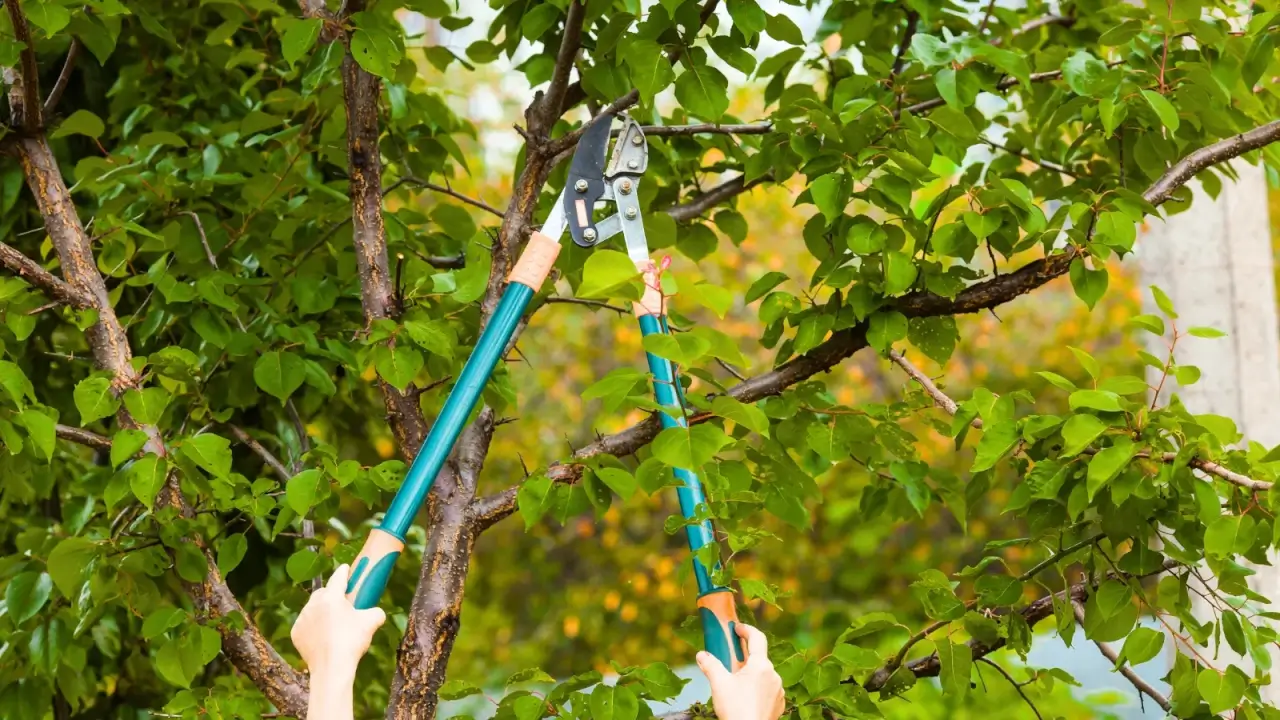
Trees that fruit in late spring can still be pruned later in the summer, contrary to popular belief. Use this time to remove the three D’s, and to give the tree the kind of shape you want, taking just a little here and there.
For apples and pears, removing the shoots of primary and secondary branches promotes faster flowering. And for trees that form fruit on old wood, summer is the best time to prune.
This is a reductive process. The goal is to lessen the overall height of the tree, and the number of shoots. It’s at this point that pruning away waterspouts can be done. These are those unproductive branches that shoot straight up. As you remove them, you open the canopy up to greater light access.
Growers in cold climates should prune as soon as possible after fruiting to offset any new growth taking on damage in the coming cold. In areas with very short growing seasons, and quick winter onset it may be preferable to skip summer pruning.
Drop Crotching

With larger and sometimes unruly, overgrown trees, the technique known as drop crotching is a useful tool. Its purpose is to limit the height and width of more mature trees and maintain better health.
The initial cut is made at a main branch and doesn’t exceed a notch on the opposite side of the branch just above a slightly smaller offshoot. A second 180-degree cut is made just above the notch, and a third is made to reduce the cut branch at a 45-degree angle in the same direction as the offshoot.
Limb Removal

If you want to take out a large limb to reduce the size of a tree, revitalize the overall shape, and bolster light access, follow this process. Make a notch cut at the bottom of the limb, then a full cut just above that notch parallel with the longitude of the branch. Finally, make a third cut near the main branch, just above the collar of the limb.
Removing limbs is useful for larger, older trees that haven’t been tended in some time. It’s also a good method for training newer trees.
Bench Cuts

A bench cut is a useful technique for promoting lateral development. In this method, it is important to observe the branch’s form first. Look for twigs that divert no more or less than 45 to 60 degrees from the vertical branch. Then snip off the twigs extraneous to these.
Prune Young Trees

At planting, young trees need a snip here and there. To promote offshoots, take off the branches about one quarter-inch over buds that are at least three feet above the soil line. In the second year of growth after planting, use your best judgment to determine which branches are spaced evenly across the tree and remove the rest.
Then, carry out regular pruning at the appropriate time just as you would in your annual pruning schedule. Use the techniques that help you get the shape and fruit development, and don’t forget the three D’s.
Conserve Space

There are techniques for pruning and training that help growers with less space produce plenty of fruit. The ancient technique known as espalier is one way to do this. The overall goal here is to train the tree so it is basically two dimensional by removing the branches that divert from the flattened form. It is easier to implement with younger trees with malleable branches that can handle the training.
Not only does this allow growers to access more fruit in less space, the various styles of espalier are decorative and aesthetically pleasing. While attaining these forms does require regular maintenance, it’s worth the effort. You’re likely to see good fruit production within a few years after planting.
How are Tree Fruit Farmers Adapting to a Changing Climate?
Climate change threatens to upend fruit production. From mulching to thinking bigger, here’s how some farmers are adjusting to a riskier future.
The post 11 Fruit Tree Pruning Secrets That Will Increase Your Yield appeared first on Modern Farmer.

